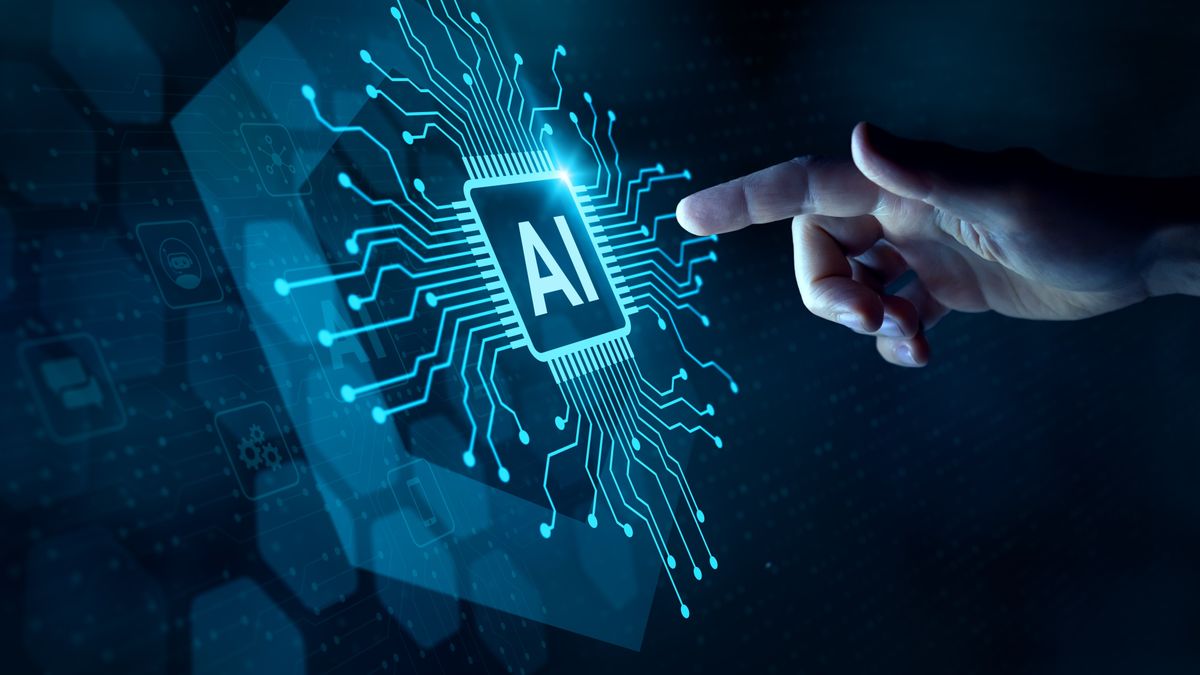Catastrophic Overtraining: A Growing AI Threat
The rapid advancement of artificial intelligence (AI) has ushered in an era of unprecedented technological possibilities. However, alongside its benefits comes a growing concern: catastrophic overtraining. This phenomenon, where AI models become overly specialized and brittle, poses a significant threat to various sectors, from healthcare to finance, and even national security. This article delves into the nature of catastrophic overtraining, its potential consequences, and the crucial steps needed to mitigate its risks.
What is Catastrophic Overtraining?
Catastrophic overtraining, unlike traditional overfitting, refers to a more severe and unpredictable failure mode in AI models. While overfitting involves poor generalization on unseen data, catastrophic overtraining leads to a complete breakdown of the model's functionality, even on data similar to that used for training. This often manifests as:
- Unpredictable and Erratic Behavior: The AI may produce nonsensical outputs or make drastically wrong predictions seemingly at random.
- Sensitivity to Minor Changes: Even subtle alterations in input data can cause a dramatic shift in the model's response.
- Inability to Recover: Once catastrophic overtraining occurs, retraining the model might be extremely difficult or even impossible, requiring a complete redesign.
The Causes of Catastrophic Overtraining
Several factors contribute to catastrophic overtraining:
- Insufficient Data Diversity: Training AI models on datasets that lack sufficient diversity can lead to models that are overly specialized and fail to generalize to real-world scenarios.
- Overly Complex Models: Highly complex models with numerous parameters can be prone to overfitting and catastrophic overtraining, especially when trained on limited data.
- Poorly Designed Training Processes: Suboptimal training techniques, including inadequate regularization or hyperparameter tuning, can significantly increase the risk of catastrophic overtraining.
- Adversarial Attacks: Malicious actors can intentionally craft input data to exploit vulnerabilities in AI models, leading to catastrophic failure.
The Consequences of Catastrophic Overtraining
The implications of catastrophic overtraining can be far-reaching and severe:
- Safety Risks in Autonomous Systems: In self-driving cars or medical devices, catastrophic overtraining could lead to accidents and fatalities.
- Financial Losses: In finance, faulty AI predictions due to overtraining could lead to significant financial losses.
- Erosion of Public Trust: High-profile failures of AI systems due to catastrophic overtraining can erode public trust in the technology.
- National Security Concerns: Overtraining in AI systems used for defense or intelligence could compromise national security.
Mitigating the Risk of Catastrophic Overtraining
Addressing this emerging threat requires a multi-faceted approach:
- Data Augmentation: Enriching training datasets with diverse and representative data is crucial to prevent overspecialization.
- Robust Model Architectures: Designing simpler, more robust model architectures can reduce the likelihood of overfitting.
- Regularization Techniques: Employing regularization techniques, such as dropout or weight decay, can help prevent overtraining.
- Rigorous Testing and Validation: Thorough testing and validation procedures are vital to identify potential vulnerabilities and prevent catastrophic failures.
- Adversarial Training: Training AI models on adversarial examples can improve their robustness against malicious attacks.
Conclusion:
Catastrophic overtraining represents a significant challenge in the development and deployment of AI systems. Addressing this threat requires a concerted effort from researchers, developers, and policymakers to develop safer and more robust AI models. Ignoring this issue could have severe consequences across various sectors, impacting everything from individual safety to global security. Further research and collaborative efforts are essential to mitigate the risks and unlock the full potential of AI while minimizing its potential dangers. The future of safe and effective AI depends on it.

